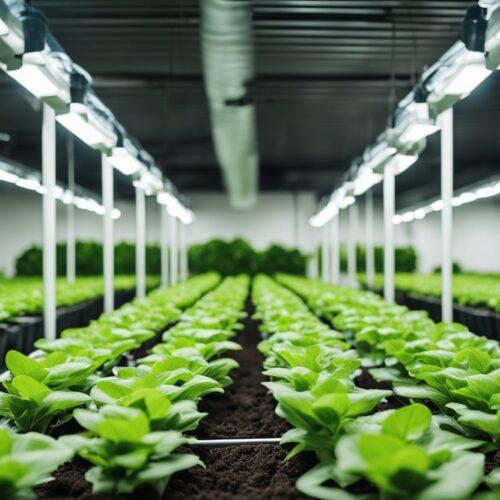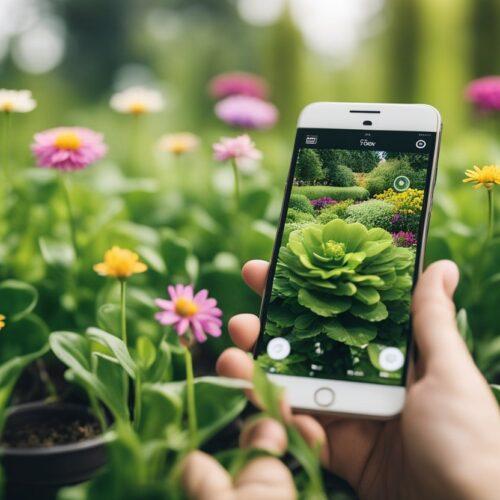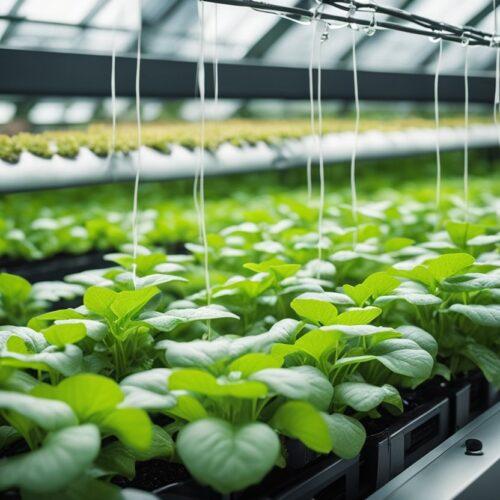Many gardeners enjoy the beauty and benefits of outdoor plants during the warmer months, but when winter arrives, they must find a way to bring their plants inside without killing them. This can be a challenging task, as indoor environments are often much different than outdoor environments. However, with the right knowledge and preparation, it is possible to successfully transition outdoor plants to an indoor environment for the winter months.
Key Takeaways
- Understanding your plants’ needs is crucial when bringing them inside for the winter.
- Preparing the plants for indoors is an important step, as outdoor plants may have pests or diseases that can spread to other plants indoors.
- Choosing and creating the right indoor environment for your plants, maintaining them during winter, and troubleshooting common indoor plant problems are all important steps to ensure the success of your indoor plants.
Understanding Your Plants’ Needs
When bringing outdoor plants inside for the winter, it’s important to understand their specific needs to ensure they survive the transition. This section will cover how to identify different plant types and recognize signs of stress.
Identifying Plant Types
Before bringing plants inside, it’s important to identify their specific type to understand their needs. Some plants, such as succulents and cacti, prefer dry soil and lots of sunlight, while others, such as ferns, prefer moist soil and indirect sunlight. Research the specific needs of each plant type to ensure they receive the proper care.
Recognizing Signs of Stress
Plants can experience stress when transitioning from outdoor to indoor environments. Signs of stress include yellowing leaves, wilting, and drooping. It’s important to monitor plants closely for any signs of stress and adjust their care accordingly.
One way to help prevent and reduce plant stress is to use grow lights. Grow lights can provide plants with the essential light they need to thrive, even in low-light indoor environments. Grow lights are also relatively inexpensive and can save you money on your energy bills, as they use less energy than traditional incandescent bulbs.
If you notice any signs of stress in your plants, consider using grow lights to provide them with the extra light they need. You can also place plants near windows with plenty of sunlight, or use a humidifier to increase humidity. Keep the temperature consistent and avoid placing plants near drafts or heating vents.
Here are some additional tips for using grow lights to help your plants thrive.
Preparing the Plants for Indoors
Before bringing your outdoor plants inside for the winter, there are a few essential steps you should take to prepare them for the transition. Here are some tips to help ensure your plants thrive indoors during the colder months.

How to Tell if Your Plants Are Ready to Come Inside?
As the weather begins to cool down, it’s essential to monitor your plants’ health and check if they are ready to come inside. Some signs to look for include:
- Leaves turning yellow or brown
- Stunted growth
- Drooping or wilting leaves
- Pests or diseases
If you notice any of these signs, it may be time to bring your plant inside. However, it’s essential to ensure your plants are ready to adjust to the indoor environment.
How to Harden Off Your Plants?
Before bringing your plants inside, it’s crucial to harden them off. This process involves gradually acclimating your plants to the indoor environment by reducing their exposure to outdoor conditions. Here are some steps to follow:
- Reduce watering frequency: Start by reducing watering frequency to help your plants adjust to the lower humidity levels indoors.
- Move plants to a shaded area: Place your plants in a shaded area for a few days to help them adapt to lower light levels.
- Increase exposure to indoor conditions: Gradually increase the amount of time your plants spend indoors, starting with a few hours a day and gradually increasing to full-time.
How to Inspect Your Plants for Pests and Diseases?
It’s important to carefully check your plants for pests and diseases before bringing them indoors.. This step is essential to prevent the spread of pests and diseases to other indoor plants. Here are some tips to follow:
- Check the leaves: Look for any signs of pests, such as holes or webbing, and inspect the undersides of leaves.
- Inspect the soil: Check the soil for any signs of pests, such as larvae or eggs.
- Quarantine plants: If you find any signs of pests or diseases, quarantine the affected plants to prevent the spread to other indoor plants.
How to Prune Your Plants for Winter?
Pruning your plants before bringing them inside can help promote healthy growth and prevent overcrowding. Here are some tips to follow:
- Remove dead or damaged leaves: Remove any dead or damaged leaves to promote healthy growth.
- Trim back overgrown branches: Trim back any overgrown branches to prevent overcrowding.
- Reduce watering frequency: After pruning, reduce watering frequency to help your plants adjust to the lower humidity levels indoors.
By following these tips, you can help your outdoor plants make a smooth transition to indoor life and thrive during the winter months. Be sure to check out our article on 7 Gardening Hand Tools: Essential Equipment for Every Gardener
Choosing & Creating the Right Indoor Environment for Your Plants
When bringing outdoor plants inside for the winter, it is essential to create the right indoor environment to ensure their survival. Here are some tips on how to choose and create the right indoor environment for your plants.
How to Choose the Right Location for Your Plants?
You need to find a spot in your home that can provide the right amount of light, temperature, and humidity for your plants. Some things to consider when choosing a location for your plants are:
- Lighting: The amount of light your plants need will depend on the type of plant. Make sure to choose a location that can provide enough natural light or use artificial grow lights to supplement the light.
- Temperature: Most indoor plants prefer temperatures between 15-25 °C. Avoid placing your plants near doors, windows, or heating vents that can cause temperature fluctuations.
- Humidity: Most indoor plants prefer humidity levels between 40-60%. If the air in your home is too dry, use a humidifier or place a tray of water near your plants to increase humidity levels.
How to Provide the Right Amount of Light for Your Plants?
Here are some tips on how to provide the right amount of light for your plants:
- Natural Light: Most indoor plants require bright, indirect light. Place your plants near a window that receives bright, indirect light for at least six hours a day.
- Artificial Light: If your home does not receive enough natural light, consider using artificial grow lights to supplement the light. LED grow lights are energy-efficient and can provide the right spectrum of light for your plants.
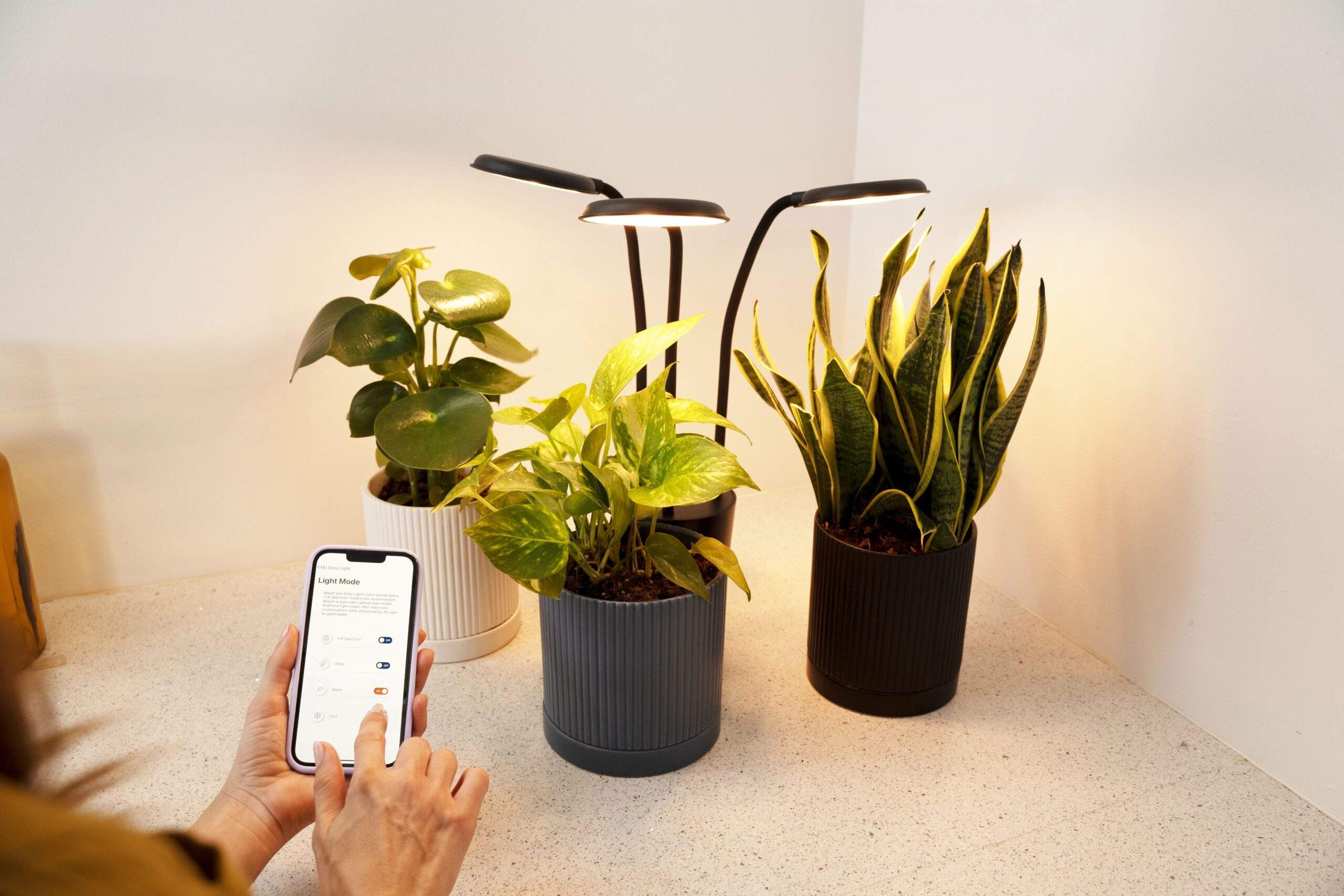
How to Control the Temperature and Humidity of Your Plants?
Temperature and humidity are critical factors in creating the right indoor environment for your plants. Here are some tips on how to control the temperature and humidity for your plants:
- Temperature: Keep your plants away from drafts, doors, and windows that can cause temperature fluctuations. Most indoor plants prefer temperatures between 60-75°F.
- Humidity: Most indoor plants prefer humidity levels between 40-60%. Use a humidifier or place a tray of water near your plants to increase humidity levels.
How to Protect Your Plants from Drafts?
Drafts can cause temperature fluctuations and damage your plants. Here are some tips on how to protect your plants from drafts:
- Avoid placing your plants near doors, windows, or heating vents that can cause temperature fluctuations.
- Use a draft stopper or weather stripping to seal any gaps around doors and windows.
- If you have a particularly drafty room, consider using a space heater to keep the temperature consistent.
By following these tips, you can create the right indoor environment for your plants and help them survive the winter months indoors.
Watering and Fertilizing Your Indoor Plants: Maintaining Plants During Winter
Winter can be a challenging time for outdoor plants that are brought inside. However, with the right care and attention, it is possible to keep them healthy and thriving throughout the colder months. In this section, we will explore some tips and tricks for maintaining plants during winter.
Watering and Fertilizing
One of the most important things to keep in mind when maintaining plants during winter is watering and fertilizing. It is important to make sure that plants are not overwatered, as this can lead to root rot. On the other hand, plants should not be allowed to dry out completely, as this can lead to wilting and other problems.
Fertilizing is also important during the winter months. However, it is important to use fertilizer sparingly, as plants do not require as much nutrients during this time. It is recommended to use a diluted solution of fertilizer once a month.
Monitoring Health
Another important aspect of maintaining plants during winter is monitoring their health. This involves keeping an eye out for any signs of disease or pests. Common problems include spider mites, mealybugs, and scale insects.
It is also important to keep an eye on the overall health of the plant. This includes checking for yellowing leaves, wilting, and other signs of stress. If any problems are detected, it is important to take action quickly to prevent further damage.
How to Tell if Your Indoor Plants Need More or Less Water or Fertilizer?
One of the most important things to keep in mind when maintaining plants during winter is the need to adjust watering and fertilizing based on the specific needs of each plant. This can be challenging, as different plants have different requirements.
To determine whether a plant needs more or less water, it is important to check the soil moisture level. If the soil is dry to the touch, it is time to water. If the soil is still moist, it is best to wait a few more days before watering again.
To determine whether a plant needs more or less fertilizer, it is important to observe the growth rate and overall health of the plant. If the plant is growing quickly and appears healthy, it may not require additional fertilizer. However, if the plant is growing slowly or appears stressed, it may benefit from a small amount of fertilizer.
Overall, maintaining plants during winter requires careful attention to watering, fertilizing, and monitoring health. With the right care, it is possible to keep plants healthy and thriving throughout the colder months.
Troubleshooting Common Indoor Plant Problems
When bringing outdoor plants inside for winter, there are common indoor plant problems that may arise. Here are some tips on how to troubleshoot and deal with these problems:
How to Deal with Brown Spots on Indoor Plant Leaves?
Brown spots on indoor plant leaves are usually a sign of fungal or bacterial infection, overwatering, or nutrient deficiency. To prevent brown spots, make sure to not overwater your plants and provide adequate drainage. Also, avoid getting water on the leaves and instead water the soil directly. If you notice brown spots, remove the affected leaves and dispose of them to prevent further spread of infection. You can also treat the plant with a fungicide or bactericide spray. Additionally, make sure your plant is getting enough nutrients by fertilizing it regularly.
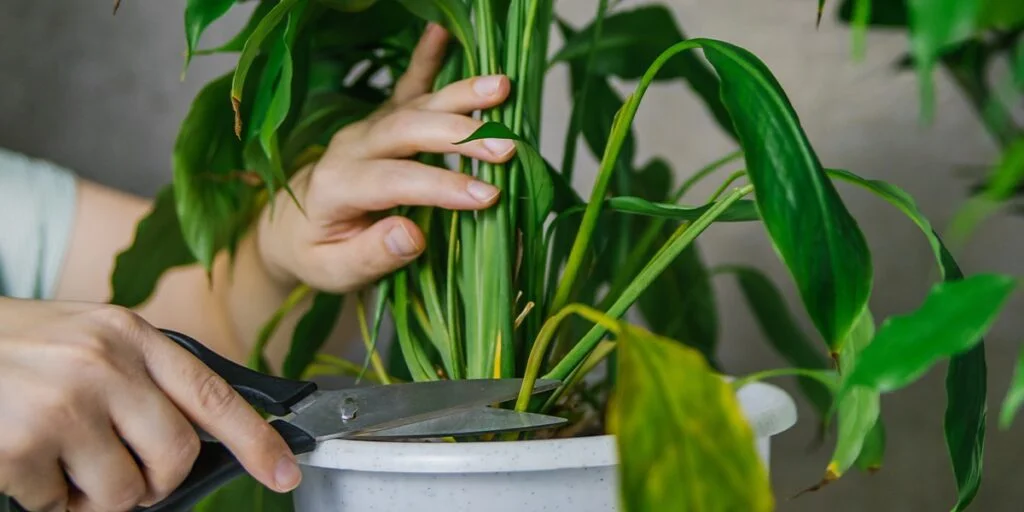
How to Deal with Drooping Indoor Plants?
Drooping indoor plants is usually a sign of underwatering, overwatering, or too much or too little light. To prevent drooping, make sure to water your plants regularly and provide adequate drainage. Also, make sure your plant is getting the right amount of light for its species. If you notice drooping, check the soil moisture level and adjust your watering schedule accordingly. If the soil is too wet, allow it to dry out before watering again. If the soil is too dry, water the plant thoroughly and make sure the excess water drains away. If the problem persists, consider moving the plant to a different location with different lighting conditions.
Transitioning Back to Outdoors
Bringing outdoor plants inside for winter can be a challenge, but transitioning them back to the outdoors in the spring can be just as tricky. Here are some tips to help your plants adjust to the great outdoors again.
Gradual Exposure
Just as you acclimated your plants to the indoors, you will need to help them adjust to the outdoor environment. Start by placing them in a sheltered area outside, such as a porch or under a tree. Gradually increase their exposure to sunlight and wind by moving them to a more exposed location each day. Be sure to keep an eye on the weather and bring them back inside if there is a risk of frost or extreme temperatures.
Post-Winter Care
Once your plants are fully acclimated to the outdoors, it’s important to give them the proper care to encourage healthy growth. Make sure they are planted in well-draining soil and receive the appropriate amount of water and sunlight for their specific needs. Consider using fertilizer to give them an extra boost after the winter months.
It’s also important to keep an eye out for any pests or diseases that may have developed during the winter. Inspect your plants regularly and take action if you notice any issues.
By following these tips, you can help your outdoor plants thrive after a long winter indoors.


